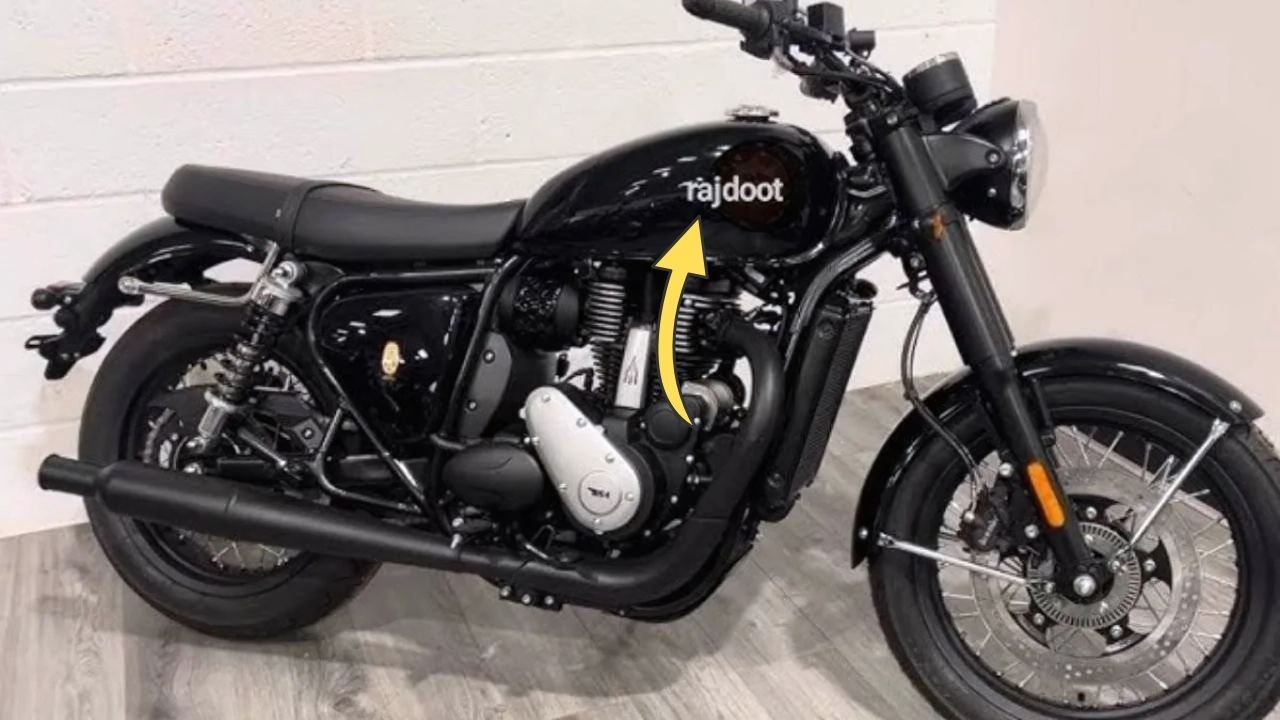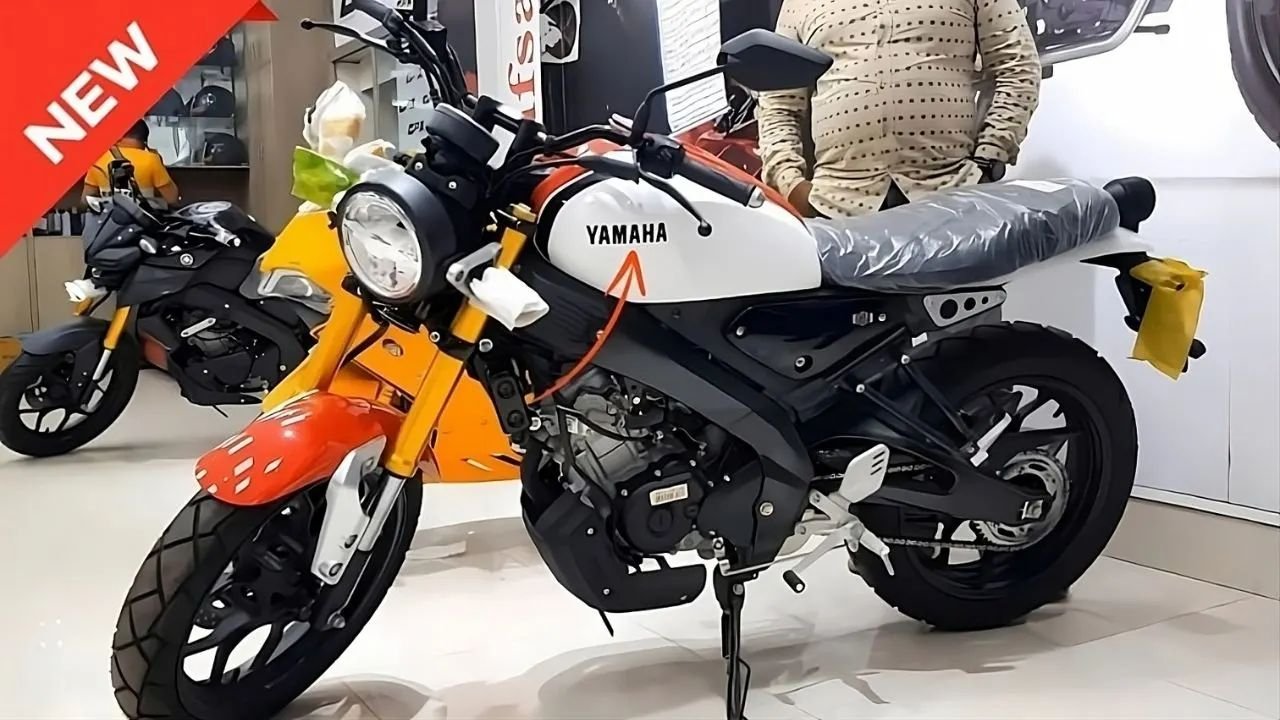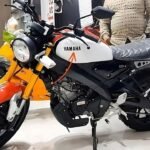In the 1980s, Indian motorcycling was largely synonymous with fuel efficiency and functional design. The streets were filled with 100cc and 150cc commuters that were modest, reliable, and economical. But amidst this sea of sensibility, a storm was brewing—one that would forever change how Indian riders viewed motorcycles. That storm had a name: Rajdoot 350.
Now, after decades of silence, Rajdoot 350 is making a dramatic comeback in June 2025. Yes, the legend is returning, this time with a claimed mileage of 65 kmpl, combining the heritage of raw two-stroke aggression with the refinement of modern engineering. It’s a resurrection that blends nostalgia with contemporary expectations.
The Birth of a Legend
The story of the Rajdoot 350 actually begins not in India, but in Japan. The bike was originally a licensed copy of the Yamaha RD350B, a machine with racing DNA and global acclaim. Yamaha’s RD stood for “Race Derived,” and rightly so—it was born from the company’s racing lineage and made its way to the streets as a speed-drenched beast.
In India, Escorts Group, known for tractors and components, acquired the rights to produce the RD350 locally. Due to policy constraints on foreign branding, the motorcycle was rebranded as the Rajdoot 350 and launched in 1983.
The first batch was almost completely assembled from imported parts and came with a 347cc parallel-twin two-stroke engine capable of producing 30.5 bhp in its HT (High Torque) variant. Though detuned from the original Japanese spec of 39 bhp, it was still a monster compared to Indian standards of the time.
High Torque and Low Torque Eras
From 1983 to 1985, the HT Rajdoot 350 wowed Indian bikers. It was fast, loud, and completely unlike anything else on the road. The HT version had unrestricted performance and remains the most desirable variant even today.
But the Indian market wasn’t ready. In an effort to appeal to broader audiences, Escorts later introduced the LT (Low Torque) version in 1985. It featured Indian-made parts, restricted exhaust ports, and a reduced power output of 27 bhp. This downgrade was an attempt to improve fuel economy, but in the process, it dulled the performance that had defined the bike.
Advanced Beyond Its Time
What truly made the Rajdoot 350 special was its technical brilliance. It featured Yamaha’s Torque Induction Reed Valve system that gave it excellent low-end torque while maintaining strong high-rev performance.
Paired with a 6-speed gearbox, the powerband was aggressive, exhilarating, and very addictive. Riders could go from 0 to 60 kmph in under 4 seconds and hit a top speed of 160 kmph—figures that seemed insane in 1980s India.
It also featured a 12V electrical system and a separate oil injection (Autolube) system, saving riders the hassle of premixing oil and petrol—a rarity in two-strokes of that era.
The Safety Catch – A Beast With Weak Brakes
For all its speed and power, the Rajdoot 350 had one glaring flaw—its braking system. While the Japanese RD350 came with front disc brakes, the Indian version was fitted with a twin leading shoe drum brake, borrowed from Yamaha’s older catalog.
That, combined with skinny tires, made high-speed stability a serious concern. Riders who didn’t respect the machine’s power often paid the price. Many crashes were blamed on inexperienced riders not used to such abrupt power delivery, earning the bike the infamous nickname—“Rapid Death”.
Also Read – गरीब और मिडिल क्लास के लिए वरदान! आ गई 7 सीटर Kia Carens 2025, देती है 35kmpl माइलेज
A Box Office Flop, A Cult Classic
Despite its innovation and performance, the Rajdoot 350 failed to sell well. There were multiple reasons:
- High cost: Priced around ₹18,000 in 1983 (a significant amount back then), it was far more expensive than its rivals.
- Poor fuel efficiency: Delivering just 20-25 kmpl in the HT model, and about 30-35 kmpl in the LT version, it was considered a fuel guzzler.
- Maintenance complexity: Mechanics weren’t trained to service a twin-cylinder two-stroke, and spare parts were difficult to source.
- Lack of support: Escorts didn’t have a strong enough after-sales service network, making repairs inconvenient and costly.
Production stopped in 1989, with the last units being sold by 1991. Only about 7,000 units were ever made, cementing its place as one of the rarest motorcycles in India.
Rajdoot 350: The Two-Stroke Icon
What followed was a transformation. The once misunderstood and neglected bike slowly became a legend. As India’s motorcycling scene matured, people began to appreciate what the Rajdoot 350 represented—a raw, unfiltered, high-performance riding experience that was decades ahead of its time.
Today, original and restored models fetch ₹2-3 lakhs or more in the collector market. The HT version is especially sought after. Even old and rusted parts are sold at premium rates, a testament to the cult status the Rajdoot 350 has achieved.
Riding clubs and communities dedicated solely to the RD/Rajdoot 350 now thrive, preserving and restoring these machines to their former glory.
Return of the Rajdoot 350 – 2025 Comeback
Now, as the world shifts back toward retro and nostalgic motorcycling, Rajdoot 350 is officially launching again in June 2025. This time, it’s back with a modern twist—boasting a claimed mileage of 65 Kmpl, a feat once unimaginable for a two-stroke beast.
Here’s what we know about the 2025 version (based on early reports):
- A redesigned 4-stroke engine, possibly a twin-cylinder setup to retain the essence of the original.
- Retro styling inspired by the classic HT variant, including chrome-laden exhausts and vintage badging.
- ABS-equipped brakes and updated suspension for modern safety standards.
- Digital-analog console blending nostalgia with practicality.
- Fuel-injection system to meet emission norms without sacrificing too much performance.
While it may not be the feral two-stroke monster it once was, the spirit of the Rajdoot 350 lives on. This launch aims to celebrate the legend while adapting it for today’s eco-conscious, comfort-seeking rider.
More Than Just a Motorcycle
The Rajdoot 350 is not just about performance. It changed the way Indians perceived motorcycles. Until its arrival, bikes were meant to be economical, low-maintenance machines that got you from Point A to Point B.
But the Rajdoot showed that a motorcycle could be something aspirational, even emotional. It could symbolize freedom, speed, and identity. It wasn’t just about convenience—it was about character.
It also laid the foundation for the performance biking segment in India. The cult it built inspired later machines like the Yamaha RX100, Kawasaki KB100, and eventually modern superbikes that found ready buyers in the 2000s.
A Symphony of Two-Stroke Memory
Ask any old-school biker about the Rajdoot 350, and their eyes light up. The unmistakable ring-ding-ding exhaust note, the cloud of blue smoke, the mechanical harmony between man and machine—all make it a timeless experience.
In an era where modern bikes are increasingly digital and clinical, the Rajdoot 350 reminds us of a time when riding was visceral and thrilling, when bikes had soul and demanded skill. Its relaunch may cater to modern tastes, but its heartbeat still pulses with the rhythm of the 1980s.
Conclusion: A Legend Reborn
The Rajdoot 350 is more than just a piece of India’s motorcycling history—it is a symbol of what happens when innovation meets passion. Back in the day, it dared to defy norms, and although it paid the price with slow sales, it won something far more enduring—respect and admiration.
Now, with the Rajdoot 350 launching in June 2025, we’re witnessing not just the return of a motorcycle but the revival of a movement. A movement built on speed, character, and legacy. The new version may be tamer, but the soul is expected to roar just as loud.
Whether you’re a millennial who has only heard stories or a veteran rider who once revved the original, the new Rajdoot 350 invites you to ride not just a machine—but a legend reborn.
Some Important Link
| Download News APP | Click Here |
| WhatsApp Group | Click Here |
| Home Page | Click Here |















